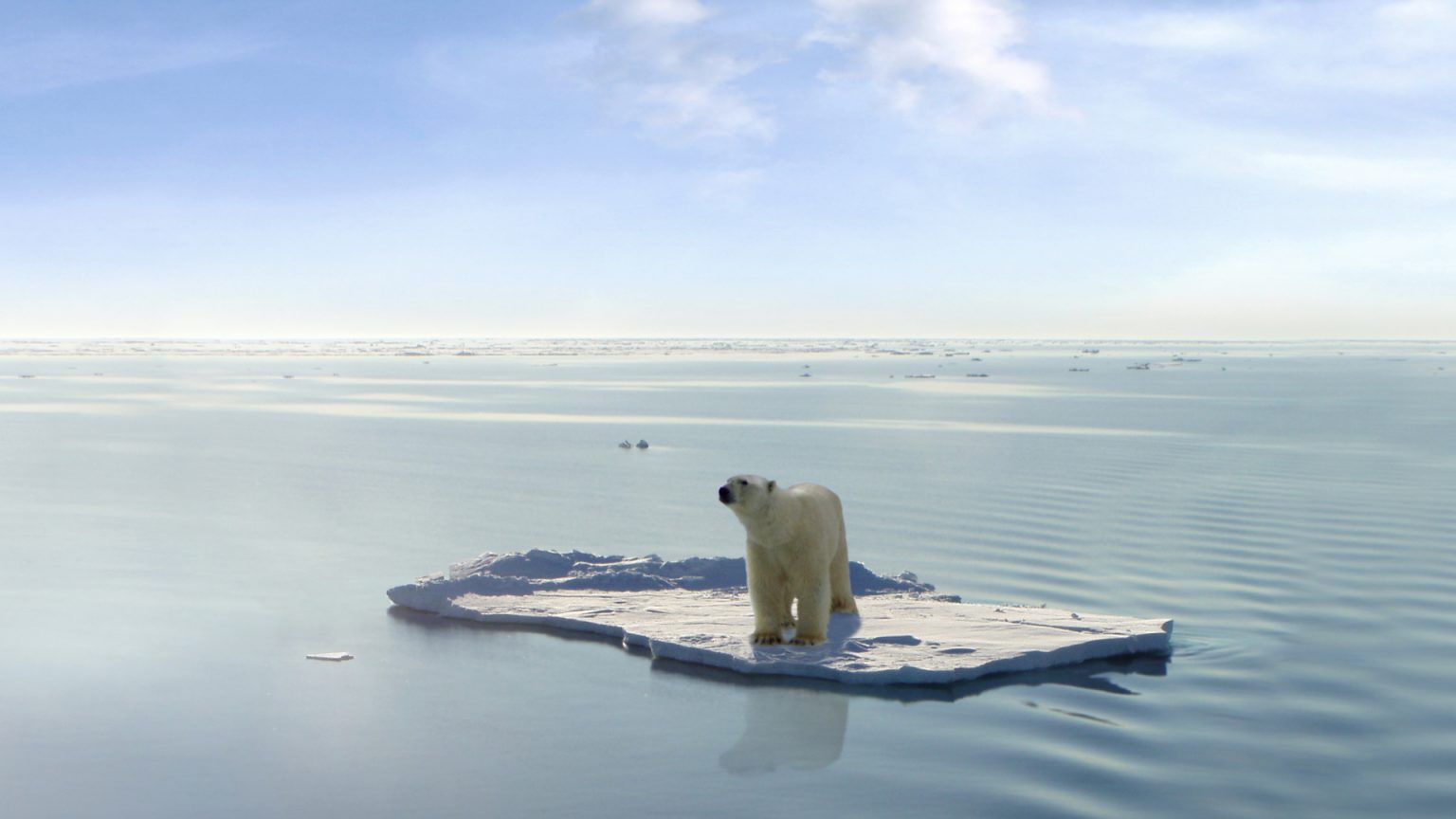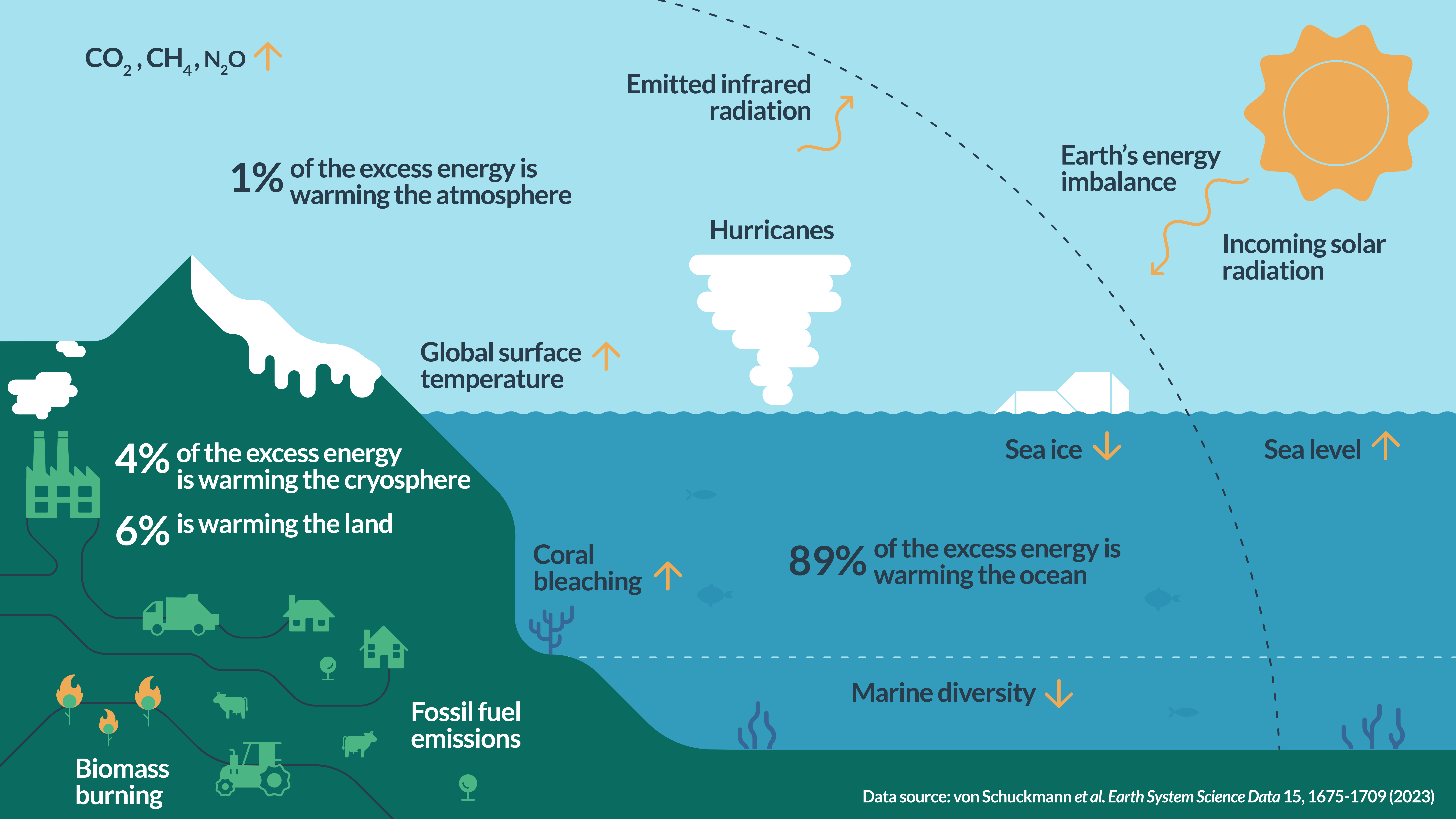How Climate Change is Reshaping Our Blue Planet?
The ocean acts as a major regulator of the Earth’s climate system, absorbing around 90 percent of the excess heat and about one third of the carbon dioxide released by human activity since the Industrial Revolution. This immense buffering capacity has slowed atmospheric warming, but it comes at a cost. Increased carbon uptake is driving ocean acidification, rising global temperatures are accelerating the loss of Arctic ice, and heat storage within the oceans is altering circulation patterns and expanding oxygen depleted zones. These processes are tightly linked to anthropogenic greenhouse gas emissions, and together they are reshaping the chemical, thermal, and physical balance of the marine environment.
-
The ocean has absorbed over 90 percent of the excess heat trapped by greenhouse gases. Warmer water affects marine ecosystems directly by stressing species that are sensitive to temperature changes, such as corals. It also influences large-scale processes, intensifying storms and hurricanes, altering migration routes of fish, and expanding oxygen-depleted zones where marine life struggles to survive.
-
The ocean absorbs about one third of the carbon dioxide humans release into the atmosphere. When this gas dissolves in seawater, it forms carbonic acid, lowering the pH of the water and making it more acidic. This process reduces the availability of carbonate ions, which are the building blocks marine organisms need to create shells and skeletons. Species such as corals, oysters, clams, and some plankton are particularly vulnerable because they rely heavily on calcium carbonate to grow.
-
The Arctic is warming nearly four times faster than the global average. As ice sheets and glaciers melt, they contribute large amounts of freshwater to the ocean. This not only raises global sea levels but also disrupts ocean circulation by changing the balance of salinity and temperature that drives major currents. Sea ice loss also reduces the Earth’s albedo, or reflectivity, meaning more solar energy is absorbed by the ocean, accelerating warming even further.



